105: 1,9,5,13

In this video I practice using a 4 note cell or “tetrad” consisting of just the 1st, the 9th, the 5th and 13th degree of the major scale. In C this would be C, D, G and A. An interesting

Free Jazz Education and Music

In this video I practice using a 4 note cell or “tetrad” consisting of just the 1st, the 9th, the 5th and 13th degree of the major scale. In C this would be C, D, G and A. An interesting

In this short lesson, I’m delving into the Lydian b13 scale (1, 9, 3, #11, 5, b13, maj7, 1), in real time, exploring its nuances across all twelve keys. This will give you an idea how I practice when I’m

Having taught hundreds of Skype lessons over the last ten years, I’ve come to believe that Skype is a great way to both teach and learn from the comfort of your own home. Although I’m teaching full time at KU
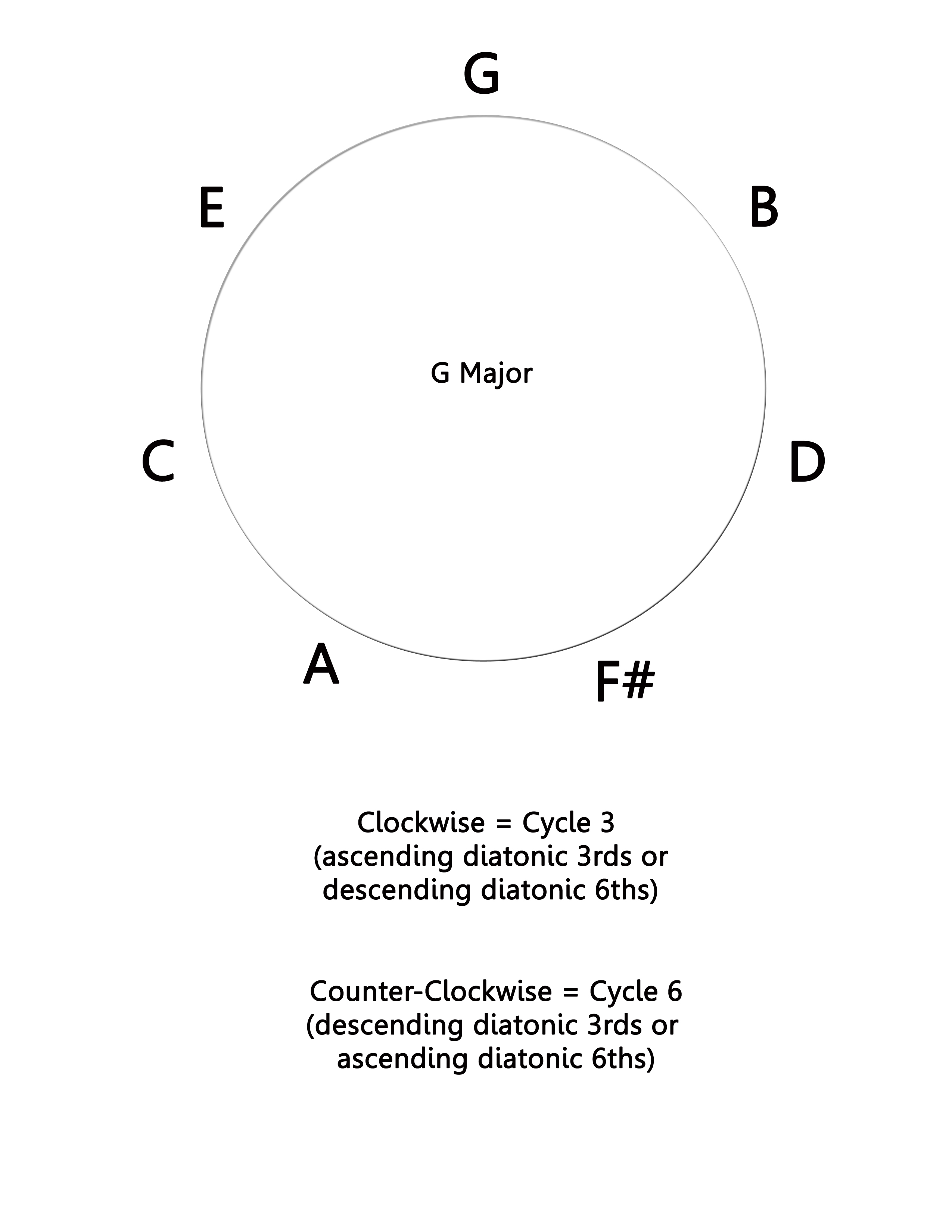
This is part 2 of a 3 part lesson series dealing with using Cycle Wheels to deconstruct any type of 7 note scale. The 3 Cycles Wheels will allow you to explore every ascending and descending interval within an octave

Sometimes working on just one key for a while can be beneficial. Today I practiced a bit on concert A major – on tenor sax this is B major, which does not lay well on the horn for me, mainly
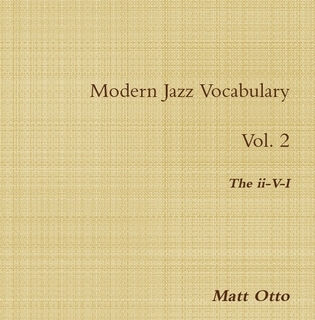
In this lesson we’ll look at the first ii – V7 – I melody found in the “Modern Jazz Vocabulary vol. 2” book. This melody is comprised of major 1st inversion triads descending by half steps and a few chromatic

In lesson 63 we look at a simple melody that uses both the natural 9 (the #11) and the b9 on a dominant 7th chord. Within the first bar of this melody a major triad a whole step above the

While working on major 7th and minor 7th “drop 2” chord voicings, I found a nice shape to work on through the keys. Drop 2 is a great way to voice chords and has been used in classical and
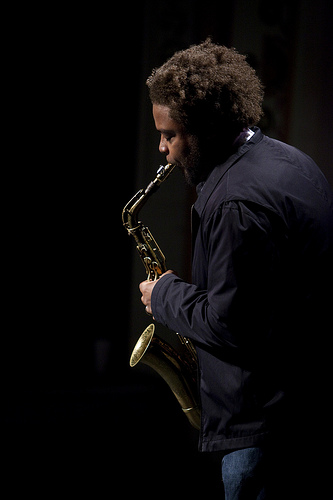
I played a gig a few weeks ago with a wonderful alto player from NYC named Logan Richardson. While playing over Without a Song in Eb using Joe Henderson’s changes, Logan played a nice pentatonic idea over the concert B
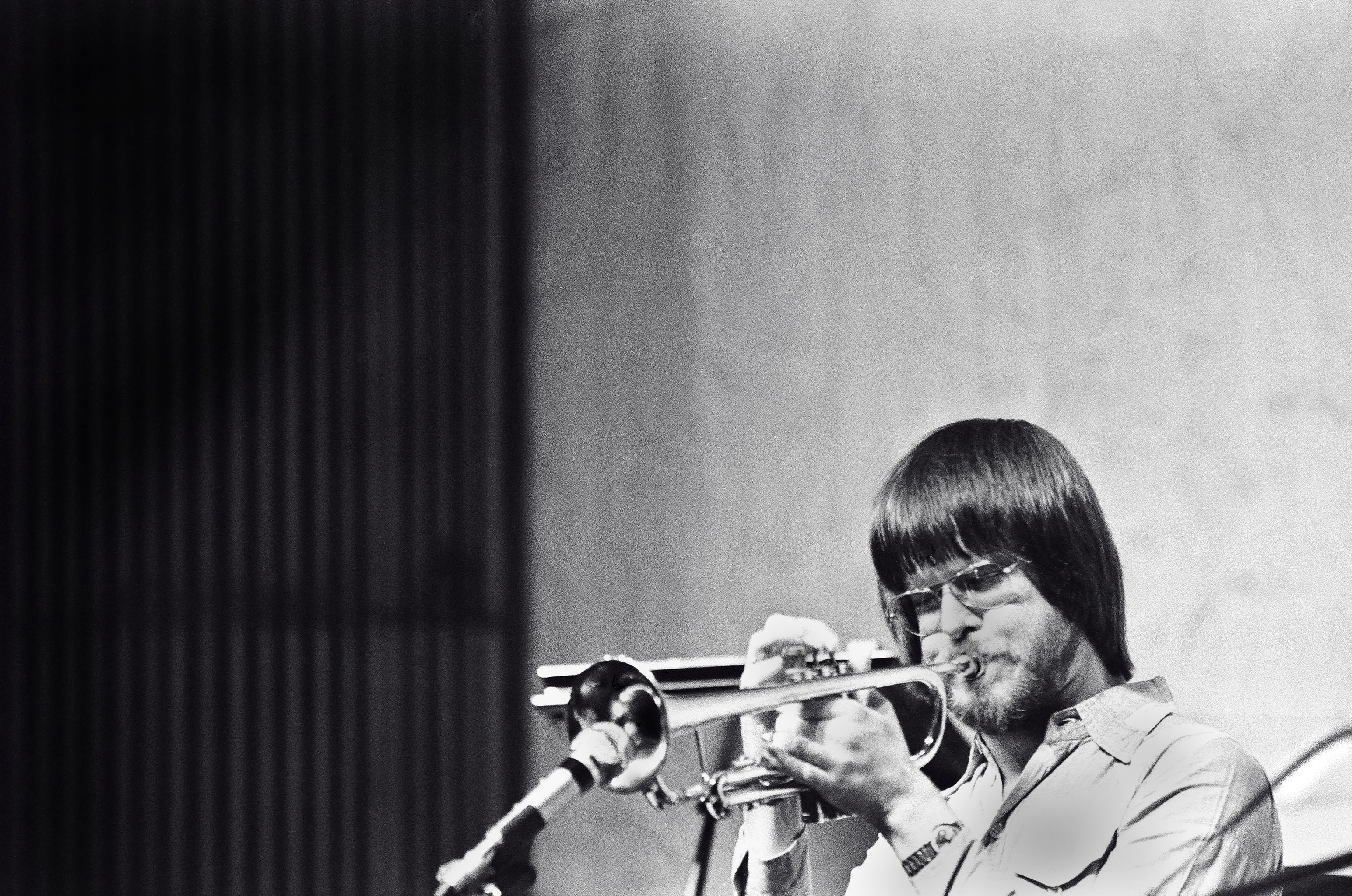
Chromatic and diatonic enclosures are a great way to begin working with melodic embellishment. In this exercise the 3rd of both a major triad (with an added 9) and the 3rd of a minor triad (with an added 9) are

This is a very simple melody that clearly outlines the major 7 sound (with a passing natural 11). First learn to sing the melody in one key to get familiar with the sound and help internalize the phrase. Singing is
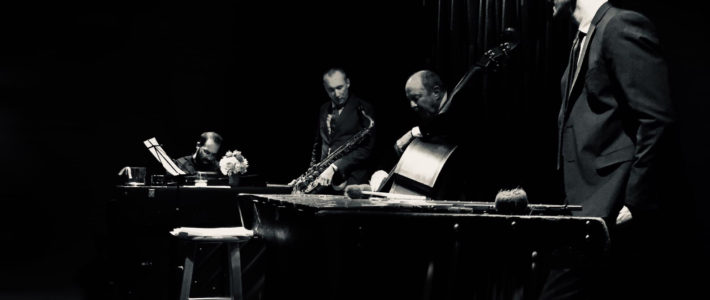
Over the years I consistently hear from my students, “I know all my triads” and, “I know all my major scales”. After closer examination, it turns out that, for many developing sax players and musicians, this often means root position